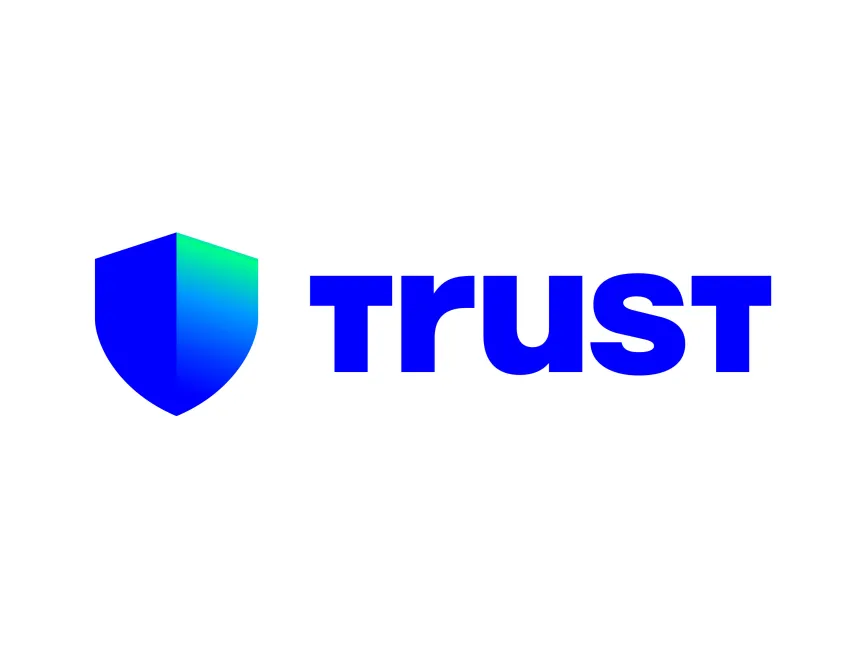Syncing Your Wallet Between Phone and Browser: A Practical Guide to Multi‑Chain DeFi with a Browser Extension
 10 iulie 2025, 05:41
10 iulie 2025, 05:41 Okay, so check this out—DeFi used to feel like a scattered pile of apps. Wow! For years I hopped from mobile wallets to desktop DEXs and back, and my instinct said this was all unnecessarily clunky. Initially I thought using a single wallet would solve everything, but actually, the reality is messier: chain fragmentation, UX gaps, and session mismatches make multi‑chain DeFi feel like herding cats. Hmm... something felt off about the way keys and sessions were managed across devices.
Here's the thing. Seriously? Browser extensions that sync to mobile wallets bridge a huge gap for users who want seamless access to both mobile DeFi features and desktop trading interfaces. They let you approve swaps on a laptop while your keys stay safely on your phone. On one hand that feels liberating. On the other, it raises legitimate security questions, which we need to walk through carefully.
Let me tell you a bit about my path here. I started with small experiments: bridging from a mobile wallet to a desktop extension, testing different chains, and pushing transactions through less common L2s. My instinct was right about some pain points. I found recurring issues that kept popping up—session timeouts, gas estimation mismatches, and wallets that claimed multi‑chain support but only really worked on one or two popular networks. I'm biased, but those half‑baked integrations bug me.
Before we dig in, quick heads up: if you want a practical tool that actually works in real browsing sessions, check the trust wallet extension for a reliable cross‑device flow. It plugs into mobile wallets, and does a lot of the heavy lifting for common multi‑chain workflows.

Why multi‑chain matters — and why it's messy
DeFi isn't one neat app. It's a bunch of ecosystems with different tokens and rules. Yeah, really. Ethereum still hosts the heavy hitters, but lots of liquidity and unique primitives live on BSC, Polygon, Optimism, Arbitrum, Solana, and dozens of smaller chains. My first impression was naive: I thought "connect and go." Actually, wait—let me rephrase that. On desktop you want a smooth UX for charting and trading. On mobile you want secure key custody and notifications. Bringing those together means solving two different user expectations at once.
Short version: multi‑chain support means handling different chain IDs, RPC endpoints, gas tokens, and sometimes wildly different transaction semantics. On top of that, bridging assets often requires interacting with smart contracts on both source and destination networks. That multiplies complexity. On the upside, when the UX works, users get the best of both worlds—a secure key store on mobile and a full‑featured trading interface on desktop.
My gut said early on that a good browser extension shouldn't try to be a standalone custodian if it can leverage the secure/store keys on a phone. That instinct guided my testing approach: keep private keys on the mobile device, use the browser extension as a UI bridge, and make sure every single transaction an extension triggers is confirmed on the phone. It feels safer, and it keeps the trust boundaries clear.
How mobile‑desktop sync typically works
Short summary: the extension acts as a proxy. It presents dApps with an injected provider so websites can request signatures. But the signature itself is created on the mobile device. Simple, right? Well, it's simple as a concept. In practice you need pairing, session management, and reliable messaging—over Bluetooth, QR codes, or local network sockets. Some flows use deep links; others use encrypted websockets. The diversity is both a blessing and a curse.
One approach is QR‑pairing: the extension shows a QR, you scan with your mobile wallet, and an encrypted session is established. Another is to pair via a sync code or by scanning a link that opens the wallet app. Each has tradeoffs—QRs are convenient for in-person setups, but they can be awkward if you're on a cramped trackpad and your phone's camera is bad. Oh, and by the way, recovery flows are often the least thought‑through part of these systems.
Here's what good implementations nail: explicit transaction confirmation on the mobile device, clear chain context (so users know which network they're signing on), and graceful handling of chain switches. The worst implementations fail to inform users about chain mismatches, which leads to costly mistakes. I've seen people accidentally sign on a testnet or a fork and lose funds—no joke.
Security patterns that actually work
I'll be honest—I obsess over threat models. My instinct says: assume the browser is less trusted than the phone. Treat the extension as a relay, not the gatekeeper. Initially I thought signing in the extension was okay. Then I realized the attack surface grows when keys are exposed to desktop processes. On one hand it's more convenient; on the other, it's riskier.
Good patterns include mutual attestation during pairing, ephemeral session keys, and transaction payload previews on the mobile device that are mapped back to the original dApp request. Also, the extension should never store long‑lived secrets. If you can restrict sessions to short windows, you reduce risk dramatically. Something felt off when I saw extensions holding credentials for days—why would you trust that?
On top of technical mitigations, UX cues matter. Display the chain name prominently. Show the gas currency. Use human readable descriptions of what a signature will enable. Those small touches cut social‑engineering risk. And yes, there's a balance between too many warnings (friction) and too few (danger). So it's not perfect, but it's getting better.
Real usability issues people ignore
Performance annoyances kill adoption. Seriously. Waiting on RPC responses or seeing wrong nonce errors breaks trust fast. Developers often overlook that not all RPCs are equal: some return stale logs, others throttle requests aggressively. I ran into RPC‑rate limits during a liquidity provision test and almost walked away. On the bright side, caching and optimistic UI updates make a world of difference when done right.
Another petty but real problem: how many tabs are connected? Users open multiple dApp tabs and forget which session approves what. My fix: the extension surface should show active dApp sessions clearly and allow immediate revocation. Also, small UX things like explicit "sign typed data" labels versus "sign message" save people from phishing. These are the nitty gritty that actually matter to regular users.
On a cultural note, US‑centric wallets tend to emphasize compliance and KYC integrations more than some other regions. That shapes product priorities: better fiat rails but sometimes heavier onboarding. I'm not 100% sure that's ideal, but it's real. Users in other markets might prefer minimal onboarding, which complicates cross‑border product design.
When multi‑chain sync fails
Failures are instructive. One time my session dropped mid‑swap because the phone went to sleep. Oops. The extension retried and the dApp showed a stale gas estimate. I felt annoyed. But it's a teachable moment: extensions need robust reconnection strategies and clear user messaging for resumed transactions. On the other hand, some failures are protocol issues—unexpected revert reasons or reorgs—and those are out of the UX's hands.
Integrations also fail when wallets pretend to support chains they don't. That leads to "chain not supported" errors at the worst times. My advice: test your critical path on every chain you claim to support. Don't promise somethin' you can't deliver.
Choosing the right extension and pairing flow
If you're evaluating options, prioritize these things: transparent security model, clear session management, multi‑chain coverage that is actually tested, and a smooth pairing experience. Also check whether the extension is actively maintained. Maintenance matters a lot—bugfixes and new chain additions keep a product usable over time.
For readers who want to try a practical solution, give the trust wallet extension a spin in your own test environment. Pair it with your mobile wallet, run a small transaction on a low‑cost chain, and see how the flow behaves from both devices. This hands‑on test will reveal whether a product's claims hold up in your daily workflow.
FAQ
How safe is approving transactions on a browser extension paired to my phone?
Short answer: reasonably safe if the extension follows best practices. Long answer: you want the mobile device to do the cryptographic signing, not the desktop. Ensure pairing uses encrypted channels, check the session lifetime, and look for clear transaction previews. If any step feels opaque, pause and investigate—there's no rush.
What happens if I lose my phone after pairing?
You should treat that scenario like any lost key scenario. Use the wallet's recovery seed on a trusted device, revoke active sessions from a secondary device if available, and rotate any service credentials where possible. Many extensions allow session revocation via the paired mobile wallet—use it immediately. And yeah, back up your seed safely; do not store it in email or cloud notes.


 Share
Share
 share
share